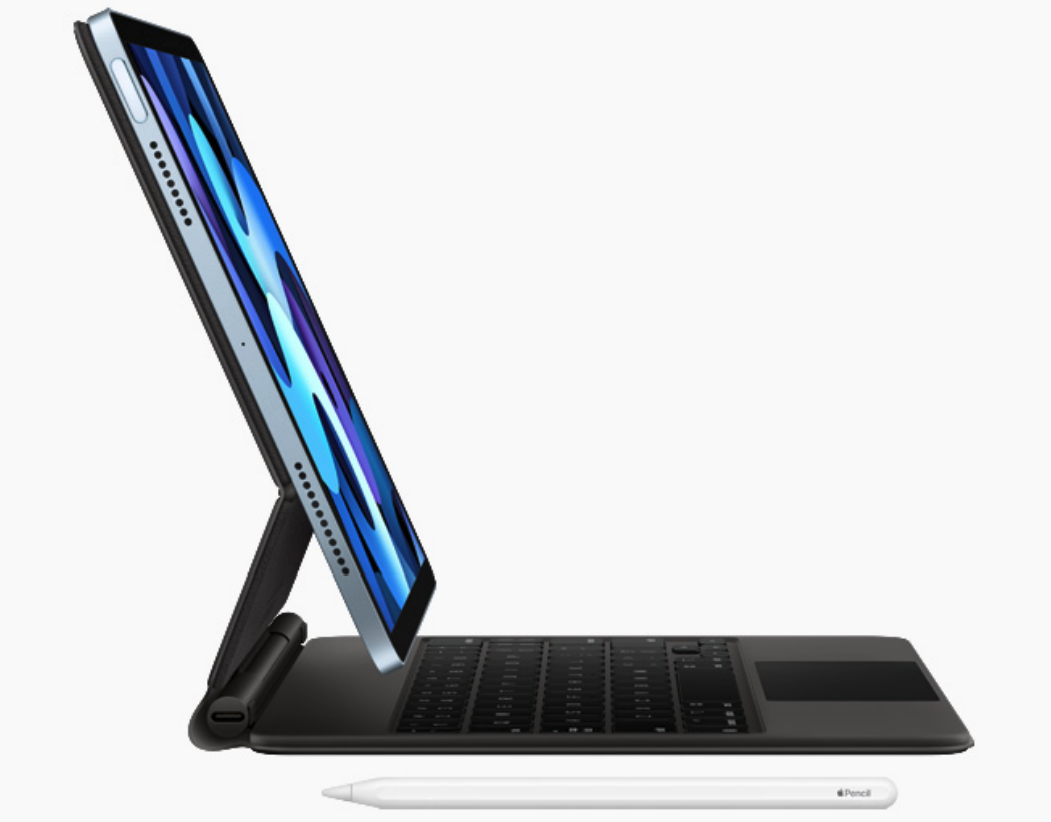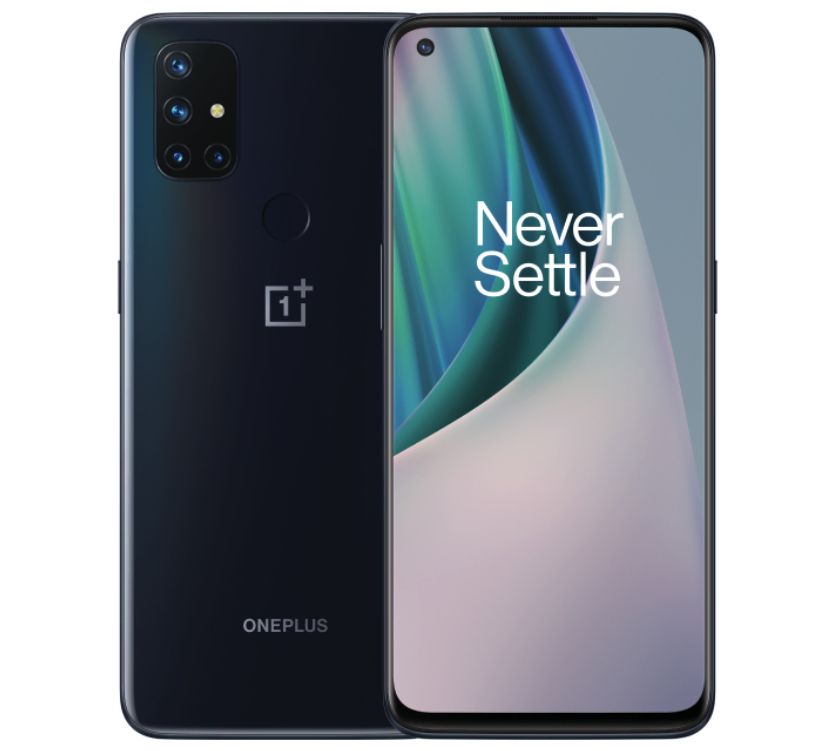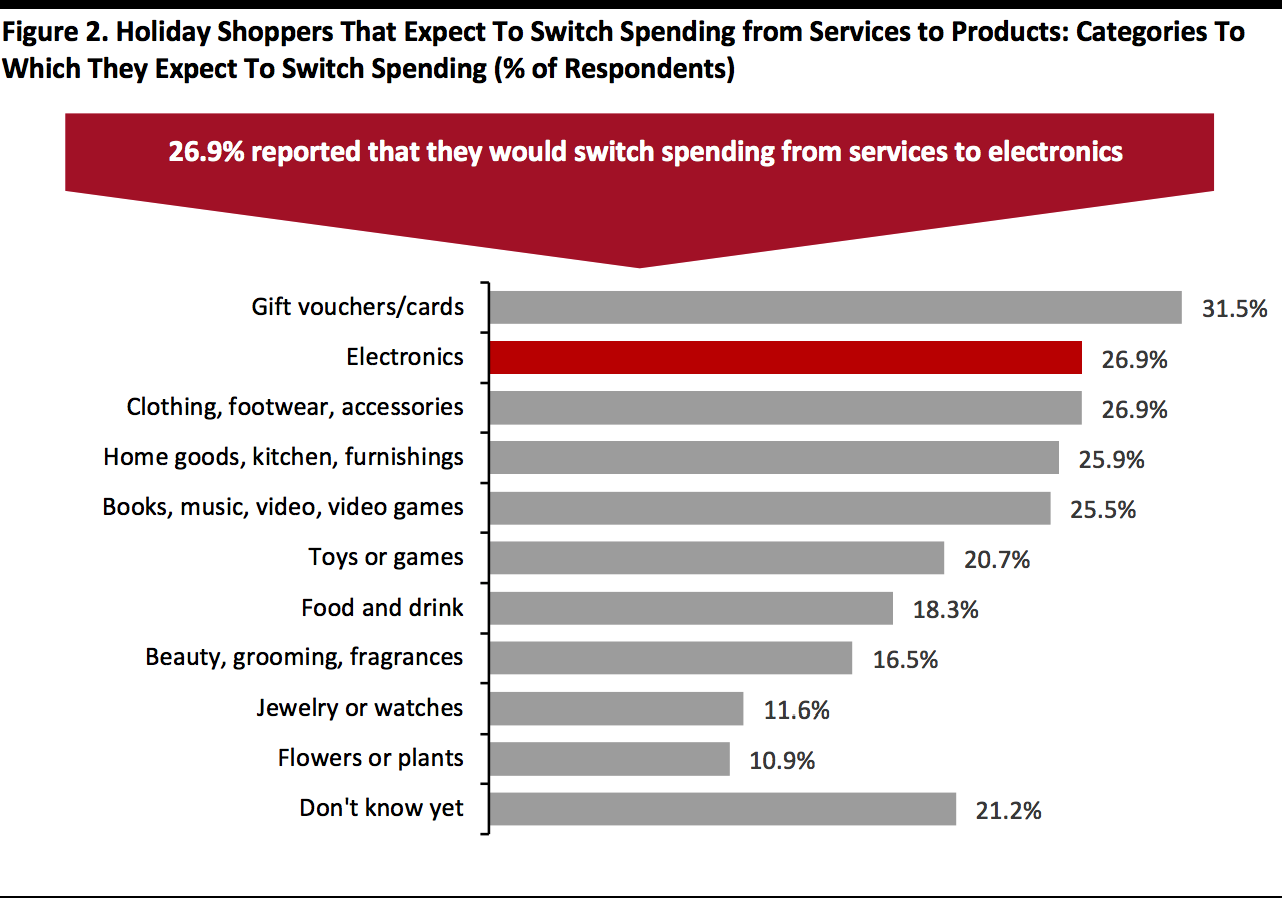
Nitheesh NH
What’s the Story?
Several big names in technology have unveiled their latest releases as we move further into the holiday season: Apple has launched its new lineup of 5G mobile devices and a smart speaker globally; OnePlus has launched a new 5G phone in selected European markets; and LG has introduced a new OLED TV that rolls away into a box when not in use.Why It Matters
The fifth-generation cellular network, 5G, is a successor to 4G and offers greater speeds than its predecessor for enhanced experiences on mobile devices, including video calls and streaming. Selected countries, such as the US, the UK, China and Australia, already offer 5G on their mobile networks, and several other countries are set to introduce this wireless capability. As a share of all smartphone sales in the US, 5G-enabled smartphone sales are low—accounting for 10.4% as of June 2020, according to tech market data firm Counterpoint Research. This is because 5G was launched across all major networks in the US only recently. Major US carrier AT&T was the first to make 5G available on a mobile network in the country, when it launched 5G in late 2018. Counterpoint Research expects 5G device market share to reach 20.0% by the end of 2020. Consumers looking to upgrade their phones are likely to buy those with 5G capability as mobile networks around the world move toward this technology. As of 2019, Samsung held the greatest share of 5G smartphone sales in the US, according to Counterpoint Research, followed by LG and OnePlus. With Apple entering the 5G market and other players launching their own versions, we expect this market composition to experience a shakeup in the near term. [caption id="attachment_119127" align="aligncenter" width="700"] Source: Counterpoint Research[/caption]
Source: Counterpoint Research[/caption]
New 5G Smartphones
Apple’s New iPhone 12 Lineup and Other Devices On October 13, Apple unveiled the iPhone 12, iPhone 12 mini, iPhone 12 Pro and iPhone 12 Pro Max. These are Apple’s first phones that are compatible with 5G mobile networks, have enhanced cameras and come with more durable glass compared to earlier models. The phones use Apple’s MagSafe chargers, which magnetically attach to the back of the devices to enable wireless charging—i.e. the wires do not need to be plugged into the phone; the MagSafe magnet is attached to a wire and the phones are placed on the MagSafe disc. [caption id="attachment_119128" align="aligncenter" width="480"] Apple’s MagSafe Charger
Apple’s MagSafe ChargerSource: Apple[/caption] The iPhone 12 and iPhone 12 mini are available in 64GB, 128GB and 256GB memory variants—and the cost of the two models starts at $799 and $699, respectively. The iPhone 12 Pro and iPhone 12 Pro Max are available in 128GB, 256GB and 512GB memory variants—with the cost of the two models starting at $999 and $1,099, respectively. In addition to the new phones, Apple launched a new speaker called the HomePod mini. This is the latest addition to its family of smart speakers that run on Apple’s voice assistant, Siri. The 3.3-inch speaker can be used to control and operate users’ smart home devices or synchronize with other HomePods in different rooms of the house to stream music or even send messages like an intercom device. The HomePod mini is priced at $99. The HomePod mini appears to be a direct competitor to Amazon’s redesigned smart speaker lineup of Echo devices, which has moved away from its traditional cylindrical shape, or hockey-puck shape of the Echo Dot devices. The new spherical-shaped Echo is priced at $99.99, while the Echo Dot version is $49.99. [caption id="attachment_119130" align="aligncenter" width="700"]
 Apple’s HomePod mini
Apple’s HomePod miniSource: Apple[/caption] Apple’s iPad Air is the latest to join the company’s tablet lineup. The device comes with a 10.9-inch display, a 12-megapixel rear camera and a Touch ID sensor to unlock it, log in to apps and make payments via Apple Pay. It is compatible with Apple’s Magic Keyboard, which functions as a laptop keyboard and trackpad and can act as a touchscreen notebook when attached to the keyboard. Priced at $599, the device veers closer to the iPad Pro, which costs $799, making it a high-end tablet. [caption id="attachment_119132" align="aligncenter" width="480"]
 Apple’s iPad Air with Magic Keyboard and Apple Pencil
Apple’s iPad Air with Magic Keyboard and Apple PencilSource: Apple[/caption] OnePlus Unveils Nord N10 5G The Nord N10 5G is not OnePlus’s first 5G phone; it had introduced models with 5G capability earlier, such as the 8T, 8 Pro and 7 Pro. It is, however, the first in the Nord range that is priced lower than some of OnePlus’s other devices. The OnePlus 8T, for example, costs £549 ($722) in the UK, while the N10 5G is priced at £329 ($432). The N10 is equipped with Qualcomm’s Snapdragon 690 mobile platform, 6GB of RAM and 128GB of storage—features which are a slight downgrade from the OnePlus 8T specs but still offer a more affordable 5G smartphone alternative to OnePlus loyalists as well as consumers that want a 5G smartphone but are not willing to pay for Apple iPhones. The Nord N10 5G phone is currently available in select markets in Europe but is yet to launch in the US. [caption id="attachment_119134" align="aligncenter" width="480"]
 OnePlus Nord N10 5G
OnePlus Nord N10 5GSource: OnePlus[/caption] LG’s Rollable TV LG has teased its rollable OLED TV on several occasions and demonstrated the product for the first time at the 2019 Consumer Electronics Show. Although the company expected to launch the television late last year, it finally released the OLED R on October 20, 2020. The LG Signature OLED R is now available in seven stores in South Korea for an eye-popping ₩100 million (nearly $90,000, according to exchange rates on November 6, 2020). The 65-inch flexible OLED display rolls into a long rectangular box when not in use, and the box doubles up as a speaker or soundbar. On its product release page, LG states, “The R in the name not only signifies that the TV is rollable but that the TV is also revolutionary in the home entertainment space, redefining the relationship between a TV that can disappear from view at the touch of a button and the surrounding space.” The soundbar unit comes with a brushed aluminum casing and a wool speaker cover from Danish textile brand Kvadrat. Users can choose to customize the fabric in four shades—Signature Black, Moon Gray, Topaz Blue or Toffee Brown—and further personalize the device with text engravings on the aluminum base. [caption id="attachment_119135" align="aligncenter" width="700"]
 LG Signature OLED R
LG Signature OLED RSource: LG[/caption]
New Launches in Time for Holiday Gifting
US retail sales rebounded strongly in September, and Coresight Research estimates that total US retail sales will increase by around 5% year over year during the holiday period (October–December. One of the factors we think will drive this growth is the switch from services to products, as consumers face reduced options for spending. We think electronics and other products may stand to benefit from this expected shift in spending, whether consumers spend on gifting or products for personal use. Many of these new tech launches are timely for the holiday season, as shoppers seek gifting ideas for loved ones. In our recent holiday survey, we asked US consumers that said they would switch spending from services to products to specify the product categories that they are likely to spend that money on:- Gift cards look set to see the biggest gains from those switching spending.
- Retail could also see gains in electronics, apparel, home goods and media products.
 Base: 769 US respondents aged 18+ who expect to switch some spending from services to products for the holidays
Base: 769 US respondents aged 18+ who expect to switch some spending from services to products for the holidaysSource: Coresight Research[/caption]
What We Think
As the coronavirus still poses a clear and present danger, consumers are unable and/or unwilling to spend on experiences such as eating out, taking vacations and attending live events. We see opportunities for product categories such as electronics to gain some of those discretionary dollars. Implications for Brands/Retailers- With consumers likely to continue to work from home for an extended period, they may want to spend on consumer technology and entertainment devices.
- The new product cycles in smartphones (with more consumers buying 5G-compatible devices) and new Apple devices present new gifting possibilities.
- Brands and retailers should leverage “buy now, pay later” platforms (such as Klarna) or pay later options provided by financial institutions (such as American Express) to offer flexible payment options and make it more convenient for shoppers to purchase high-value products.
- “Buy now, pay later” platform providers should look to collaborate with brands and retailers and enhance the payment options that retailers provide to holiday shoppers.